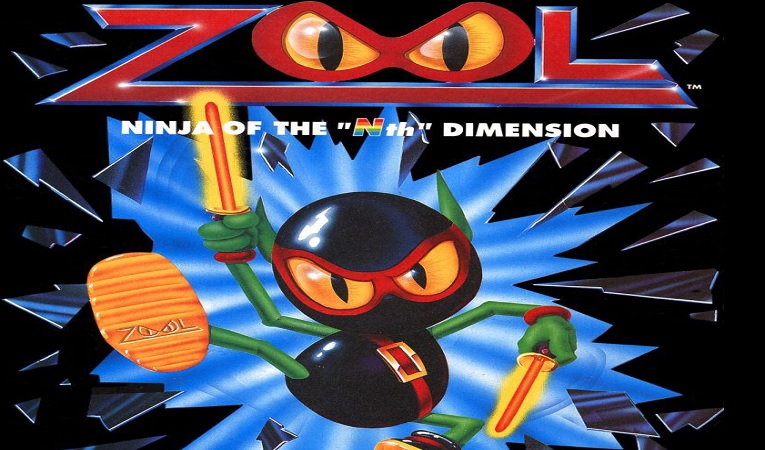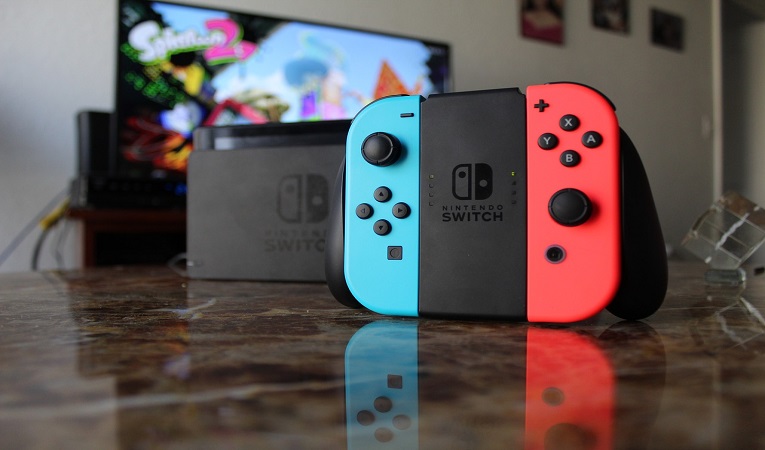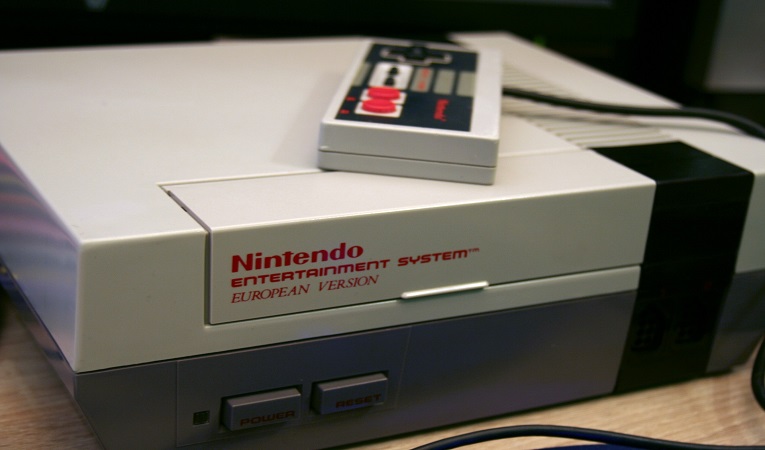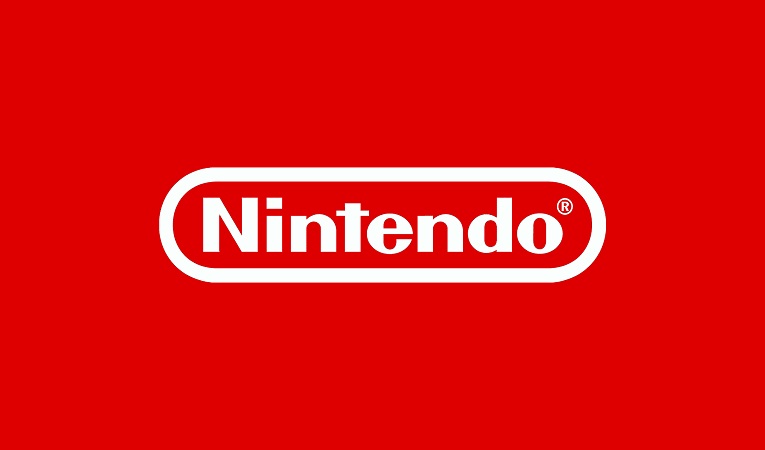
The video game crash of 1983 was a dark period in gaming history, the industry faced unprecedented challenges, resulting in the bankruptcy of many gaming companies and a decline in consumer interest. However, amidst the gloom, a beacon of hope emerged in the form of Nintendo’s NES (Nintendo Entertainment System). We explore how Nintendo’s strategic decisions and the success of the NES breathed new life into the gaming industry and forever changed the landscape of interactive entertainment. Before delving into Nintendo’s rescue mission, it is essential to understand the factors that led to the video game crash of 1983. Oversaturation of the market with low-quality games, a lack of quality control, and the inflation of console prices eroded consumer confidence, leading to a significant downturn in sales. The industry’s reliance on arcade-style gaming for home consoles and the absence of third-party support further exacerbated the situation. Nintendo’s entry into the market with the NES marked a transformative moment in the gaming industry. The company employed a series of strategic decisions that set the NES apart from its competitors. Firstly, Nintendo instituted a strict licensing policy, allowing only approved games to be released for the NES. This ensured a higher level of quality control and prevented the flooding of the market with subpar titles. Secondly, the NES was competitively priced, making it accessible to a broader audience. Bundling the console with the critically acclaimed game, Super Mario Bros., was a stroke of genius, enticing consumers with a high-quality gaming experience right out of the box. Thirdly, Nintendo cultivated strong relationships with third-party developers, encouraging them to create games for the NES. This bolstered the system’s library, expanding the variety of games available and attracting more consumers.
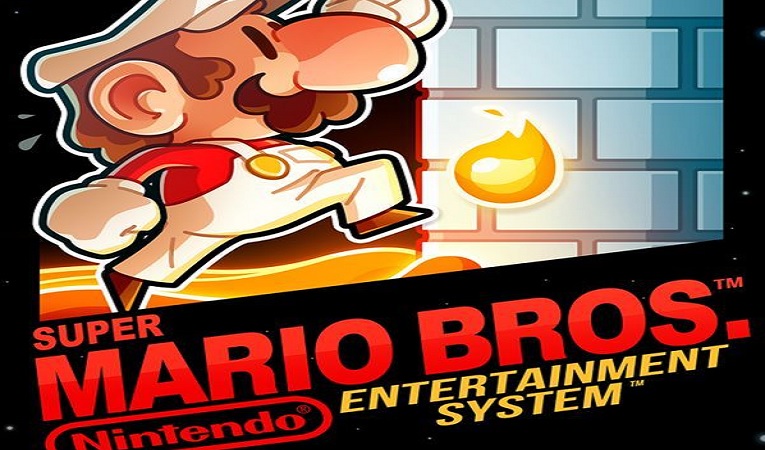
Nintendo’s foresight and strategic approach paid off handsomely. The NES became a runaway success, reigniting consumer interest in video games. Super Mario Bros. became a cultural phenomenon, capturing the hearts of players worldwide and setting a new standard for game design. The NES’s success had a profound impact on gaming demographics. It appealed to both children and adults, breaking gender barriers and making gaming a more inclusive hobby. The NES era was marked by the rise of iconic franchises like The Legend of Zelda and Metroid, which are still beloved by gamers today. Nintendo’s approach to gaming also contributed to the evolution of gaming culture. The NES brought families and friends together, fostering a sense of community and shared experiences around gaming consoles. The video game crash of 1983 threatened to bring the gaming industry to its knees. However, Nintendo’s NES emerged as a phoenix from the ashes, providing a transformative and innovative approach to gaming. Through strict quality control, strategic decisions, and a stellar library of games, Nintendo rekindled consumer interest in video games, effectively saving the industry from its darkest hour. The success of the NES set a new standard for the gaming industry, shaping the future of interactive entertainment for decades to come. Nintendo’s contribution to gaming culture, the introduction of iconic franchises, and its impact on gaming demographics have left an indelible mark on the history of video games.











